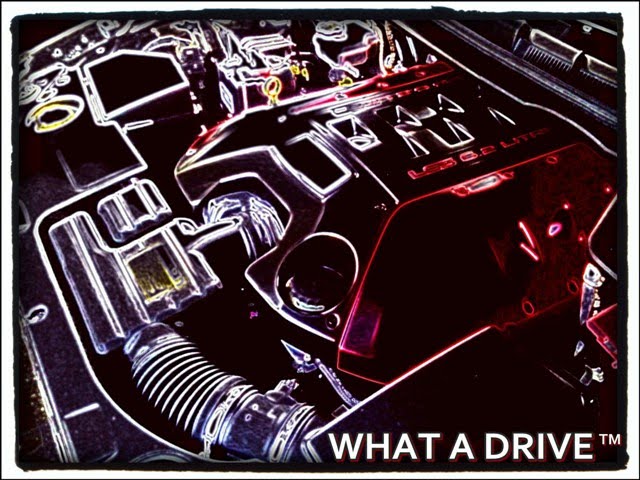Perodua Traz SUV launched - Prices start from RM76,100 onwards
-
This is actually the first serious release from Perodua after two years!
Well, I wouldn't consider their recent EV launch as something serious, more
like a...
1 day ago











